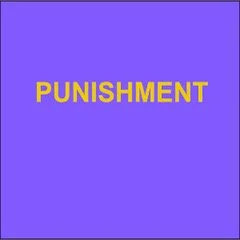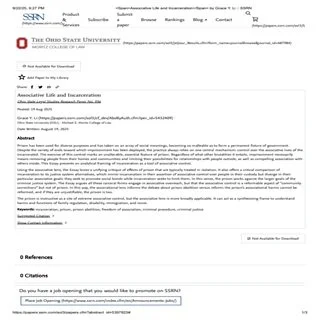By Grace Y. Li
Prison has been used for diverse purposes and has taken on an array of social meanings, becoming so malleable as to form a permanent fixture of government. Despite the variety of ends toward which imprisonment has been deployed, the practice always relies on one central mechanism: control over the associative lives of the incarcerated. The exercise of this control marks an unalterable, essential feature of prison. Regardless of what other brutalities it entails, imprisonment necessarily means removing people from their homes and communities and limiting their possibilities for relationships with people outside, as well as compelling association with others inside. This Essay presents an analytical framing of incarceration as a tool of associative control.Using the associative lens, the Essay levies a unifying critique of effects of prison that are typically treated in isolation. It also offers a critical comparison of incarceration to its justice system alternatives, which mirror incarceration in their assertion of associative control over people in their custody but diverge in their particular associative goals: they seek to promote social bonds while incarceration seeks to limit them. In this sense, the prison works against the larger goals of the criminal justice system. The Essay argues all these carceral forms engage in associative overreach, but that the associative control is a reformable aspect of “community corrections” but not of prison. In this way, the associational lens informs the debate about prison abolition versus reform: the prison’s associational harms cannot be reformed, and if they are unjustifiable, the prison is too.The prison is instructive as a site of extreme associative control, but the associative lens is more broadly applicable. It can act as a synthesizing frame to understand harms and functions of family regulation, disability, immigration, and more.
Ohio State Legal Studies Research Paper No. 936, 2025.




